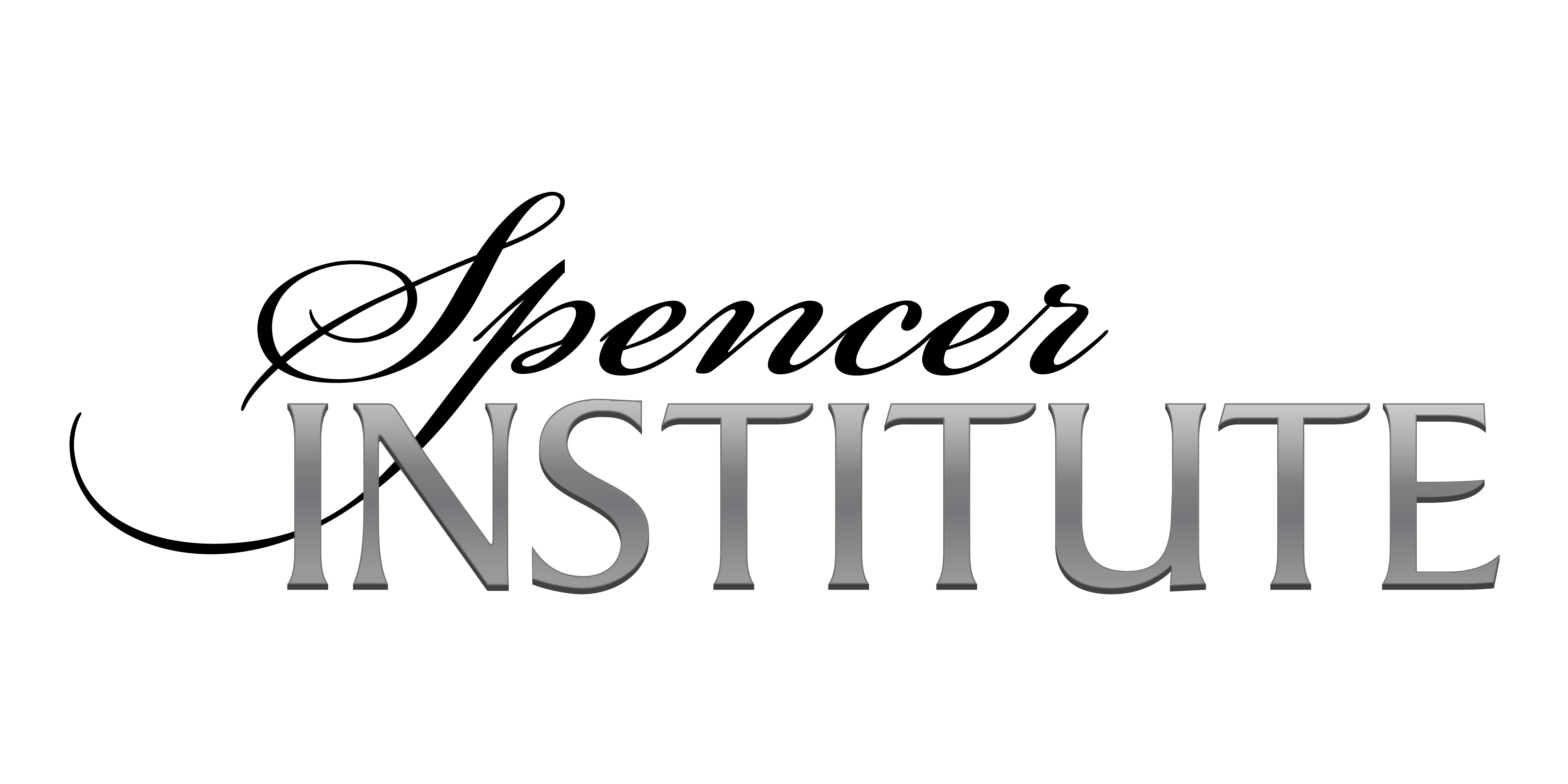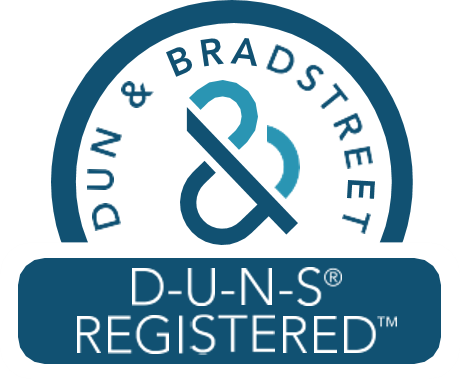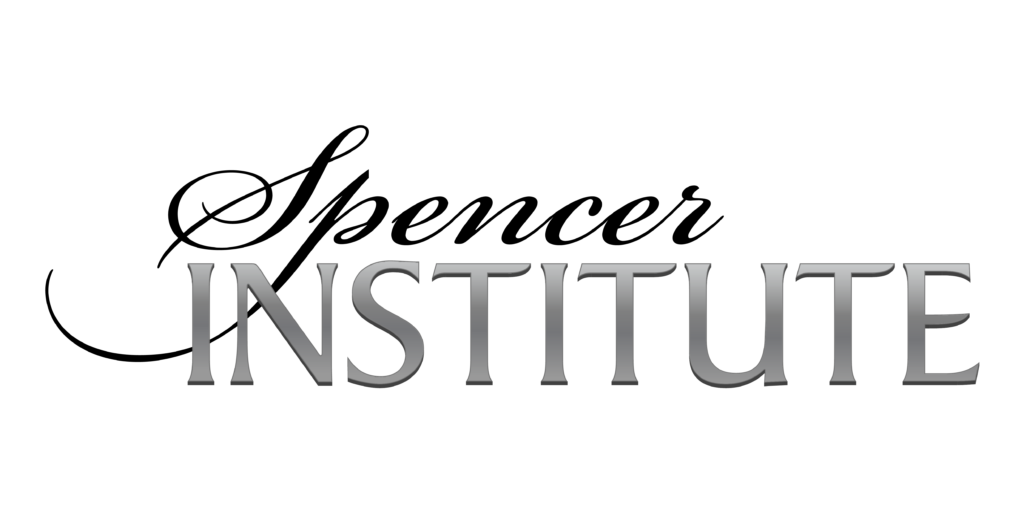 Why behavior change?
Why behavior change?
For most coaches, working to promote holism in clients you serve will require some behavior changes. Fortunately, there are many excellent theories researched on the processes of behavioral change. One of the most significant is the Transtheoretical Model (TTM), which comes from the field of behavioral psychology. This model contributes a wealth of principles, skills, and processes to the foundations coaching in general – and specifically those tied to holism (health, fitness, and wellness) coaching. In fact, the TTM you are about to learn (described below) lays cognitive, behavioral, and relational processes of change as a framework for all holistic coaching interactions.
One primary goal of coaching is to facilitate a client’s growth and change. In the realm of holism, health, fitness, and wellness arenas we are particularly concerned with behavioral changes that support a higher level of health and well-being.
The Transtheoretical Model of behavior change was developed by Dr. James Prochaska and is based on decades of research on behavior change for a multitude of holistic health behaviors, including such general areas as holism or overall wellness. But it can also be effective with specific modifications, such as smoking cessation, exercise and exercise adherence, sound eating habits, and even mammography compliance. This model is considered the standard blueprint for effecting self-change in health behaviors and can be readily applied in multiple health, fitness, and wellness coaching environments.
Five Stages Of Change Model Used By Coaches
The five stages of change model, provides holistic life coaches with an understanding of how and when behaviors can be altered and why clients may struggle, fail, or quit.
Your clients may have decided to use a coach because they may have already recognized they both need and want to adopt new holistic, wellness, or health-related behaviors—and they are committed to doing so. Holistic and wellness behavior change is particularly challenging, particularly today. If it were easy, your clients probably could do it on their own and would not be seeking your help. Others seeking your help may have already made changes but need to be able to sustain the changes they’ve made. Research has shown that self-change works best as a staged process. We move from not thinking about changing a behavior at all to contemplation about it, into planning to change. Some clients also will become curious about ways to do it before they actually start. But using inappropriate techniques that prematurely encourage new behaviors can discourage or negatively affect change. For example, people who have not yet made up their minds to change are not ready to adopt behavioral strategies. Applying this kind of pressure can cause clients to withdraw from the change process overall. To avoid such unwanted outcomes, it is important to identify the stage of change that clients may be in when they first come to coaching for each holistic area – be it health, fitness, or wellness. This approach relates less to their outlook on life (perspectives) than to their readiness to change a specific behavior. Clients will typically be in different stages of change for different areas or behaviors (e.g., eating habits, physical activity, stress coping, positive self-talk, or relaxation practices).
Most of your client prospects will be in the contemplation and/or preparation stage for at least one area (fitness, weight, nutrition, stress, mental or physical health) and your coaching program will help them reach the maintenance phase (sustaining the new behavior consistently week to week) within 3–6 months. You may be able to help clients move forward in areas where they are precontemplative when openings emerge in the coaching discussions. Also, when clients progress in one area, their confidence in self-change grows and they may become ready to move forward in another area.
It is also important to recognize that your client may move forward toward action or may slip back toward inaction during the time you are coaching them. When you are aware of the specific stage your client is in, you can apply techniques for assisting change that are specific and effective, appropriate for the stage they’re in. Application of specific techniques at each stage will help you coach your clients to reach their holistic health goals more quickly and effectively and then ideally, be able to maintain them.
Stages Of Change And Effective Coaching Skills For Each Stage
The stages that people move through are very predictable and identifiable—beginning with the pre-contemplation stage where individuals are not yet thinking about making change, all the way through to the maintenance stage where changes have been adopted as a way of life. The characteristics people exhibit at each stage are distinct and recognizable.
Precontemplation: “I Won’t” or “I Can’t”.
When someone is not even thinking about adopting a healthy behavior, it’s usually because they fall into one of two categories of people: the “I Won’t” or the “I Can’t” group. The “I Won’t” people are not interested in changing because they don’t feel they have a problem or they don’t recognize it yet. Typically family and friends may feel otherwise and may even be suggesting change, but they fail or refuse to see the problem. The “I Can’t” people are different; they would like to change but they don’t believe it’s possible. For very different reasons, both kinds of people are not even contemplating, let alone working on, making a change when it comes to that area of their lives.
Coaching Skills Used During the Precontemplation Stage
In order to be able to move forward, precontemplators will first need sincere empathy (a BEING SKILL) from their coach. During this time, use reflections to show that you understand and respect your client’s feelings and needs. Your ability to both recognize and accept that they do not intend to make a change of a particular behavior may be the key to future success. You are not going to even ask them to move forward on the change process at this time. Instead you are focused on understanding them more deeply without judgment.
For each client who states “I Won’t” this is just one message for them: “I understand that you aren’t ready right now. That is fine. Here is how you can contact me if you decide at some point that you are ready.” If you leave clients feeling good about the interaction you’ve just had with them, they will think about you in a positive manner. Above all else, avoid making them feel judged or inadequate.
The client who says “I Can’t” is different, as they are aware they have a problem and need to change, but they believe change is either too complicated or difficult. Perhaps they’ve tried and failed in the past. These people are acutely aware of their barriers and typically need help to look at the barriers in a different way so they can learn from them rather than being overwhelmed by the negative emotions generated by what we call a history of repeated past failures.
Your client may even express some reluctance or ambivalence about change, feeling that change will be too difficult or even impossible for them to achieve. People can remain in this stage for a long period of time and become chronic contemplators because they cannot imagine themselves behaving differently or they do not know how to approach change. They may still be weighing the benefits of change against the effort it will take to be successful at changing.
When in-roads present themselves with “I May” people, you may have luck exploring their best experiences with change in their past as well as any positive reasons for attempting to change a particular behavior down the road. By focusing on their values and vision, they may come to appreciate how change would improve their life. When appropriate, coaches can share important scientific facts (with caution) about the benefits of the behavior and can assist clients to discover the pros that might serve as positive and even powerful motivators for change.
Coaching Skills Used in the Contemplation Stage
- Help clients move through the contemplation stage by connecting them to their known strengths and assisting them to get excited about change.
The discovery work alone may be enough to move them to the next stage of change. Increasing their awareness of compelling reasons to change and getting them to connect with people who have successfully made the needed steps.
With a coach, clients can sort their barriers into those that are real and need to be put aside right now, those that are excuses, and those that can be overcome by a strong enough motivator. Taking real barriers out of the equation can lower the client’s emotional barriers. The client doesn’t have to convince you, the coach, about the barrier. This acceptance will show your clients that you are on their side. The client is then much readier to work with you to find a strong, positive motivator for change. When clients have something they really want and they know that this change will get them to that, they are far more motivated to work on finding solutions to barriers that have held the back from change in the past.
Contemplation: “I Might” or “I May”…..
The Contemplation Stage might also be called the “I Might” stage. In this stage, clients may be thinking about changing an unhealthy behavior or adopting a healthy behavior—and are considering taking action within the next 3-6 months. They are more aware of the benefits related to changing and less satisfied with their present health and well-being than those deemed “precontemplators”. We only get this from our client after getting to truly know them and what stage they’re in at the moment.
Change are key motivational strategies.
- Help clients to connect the dots between the changes they are seeking and the values they hold. Setting behavioral change in this larger context makes any changes more meaningful and significant to the client.
- If clients have not sufficiently identified their personally compelling motivators to change, including new supportive relationships and new reasons to change, help them to think this A clear vision of what they want (not what they don’t want) is vital to the process.
- Help these clients examine not only the obvious “pros” of behavior change, but also the “cons” of not giving up old behaviors for new, healthier behaviors. Identify which barriers are real and which can be worked out.
- Help these clients identify and accomplish small, realistic goals every week, thereby empowering them to be more confident in their ability to change. A series of small successes is important, as it builds self-efficacy.
- Remember that, at this stage, the small goals will involve reading, thinking, talking, listening, discovering, and deciding—not just “doing” a new behavior.
To help move contemplators into preparation and then into action, be sure they:
- Can find strong motivators
- Understand challenges before them
- Identify realistic solutions
Preparation: “I Will” or “I’m Ready”
This is known as the “I Will” Stage. In the Preparation Stage, ambivalent feelings have been largely overcome. Clients have strengthened their motivation and they are planning to take some action within the next 30 days. These clients have now been empowered with a strong motivator. They know what their barriers are and they have come up with some possible solutions around them. If these milestones tasks are not accomplished then they are still most likely in contemplation. During this stage, clients experiment with their possible solutions, discard the ones that do not work, and think up new approaches. In this way it is very cognitive.
Coaching Skills to Use in the Preparation Stage
- Help your clients move through the preparation phase by assisting them to solidify their plans for change. Encourage them to write down a formal statement of what they are committing themselves to do, containing specific details of what, when, and how.
- Help your clients by brainstorming and identifying several small steps they can take that are possible and realistic. Brainstorming can be done together, with both the coach and the client coming up with ideas.
- If clients exhibit ambivalence or resistance to change, help them to explore the difficulties of doing the new behaviors and encourage them to identify ways to work these Don’t add to this resistance by telling clients what to do.
- Discuss situations clients think could be problematic for them when they actually start to attempt the behavior, and have them develop strategies to cope before the situation arises.
Action: “I Am”
The action stage is known as the “I Am” Stage. In this stage, clients have identified the new behavior that they want to establish and they are doing it consistently, building up to the target outcome goal. For example, they may be working toward meeting goals for doing cardiovascular exercise, which suggests that exercise be done most days of the week for 20–60 minutes at a time at a moderate to high level of intensity. Or, they may be meeting whatever specific set of dietary criteria their physicians have prescribed for them.
During this stage, which lasts up to 6 months, clients are working on building new relationships, practicing new behaviors, and establishing new habits. They may have to concentrate very hard while practicing the new behaviors and refining these new lifestyle changes. The majority of coaching generally takes place with people who are in this stage (as well as in the preparation stage).
A coach can help their client explore their challenging situation and to learn from it. Who were they with? Where were they? What was going on? How were they feeling? What can they do differently next time? Such questions lead to the formation of relapse prevention plans that the client can use for the next time they are challenged.
Assisting clients to develop new relationships with people who share their interests and behavioral goals can make a significant difference. With the right modeling and support, lapses will seldom become relapses. Without modeling and support, as clients attempt to “go it alone” and “figure it out for themselves,” lapses can easily trigger a downward spiral. Your coaching interactions may be a new experience for your client and it usually takes a variety of interests to support long-term behavior change. Coaches should encourage the formation of such new alliances.
Coaching Skills to Use in the Action Stage
Help these clients to connect their new behaviors with their strengths, values, and preferred envi- ronments (including social networks). The more types of support they can identify, the better.
- Target gradual changes and small achievable steps that assist clients in to feel successful early.
- Encourage clients to develop new relation- ships with people who share their interests and similar behavioral
- Anticipate and be prepared for lapses.
- Help these clients reframe a lapse as just being a temporary setback.
Assist clients to frame mistakes as learning opportunities rather than as failures. Learn from all mistakes to minimize the chance of them happening again.
- Help clients move away from an all-or-nothing mindset about their goals; this only leads to guilt, self-blame, and an excuse to quit.
- Unless clients are ready to take a bold step forward, it’s usually best to avoid high-risk situations that unnecessarily test a client’s new skills and behaviors.
- Have clients develop strategies to cope with lapse or relapse situations before they actually come up. This will increase your client’s confidence level immensely.
Roadblocks to change
- Not enough understanding about the change itself and poor alignment behind it – for example, no clear vision, direction, priorities
- Lack of leadership – this is needed to inspire and engage people’s energies as well as to keep relentlessly moving forward
- Lack of focus and strong project management of the change – no clear accountabilities and inter-dependencies between roles
- A failure to undertake detailed analysis of their needs/preferences and a detailed communication and engagement strategy
- A lack of clear processes for managing endings and beginnings, and coordinating the change process itself.
- Successes are not recognized, communicated and/or celebrated – this is needed to increase the pace of change and gain commitment to the new way of doing things. Change is very tiring and is often something that requires extra effort – people need to see that this effort is paying off and their contribution is valued.
- Progress is not measured and the learning is not reviewed – this is needed to sustain the change
Maintenance: “I Still Am”
This is the “I Still Am” stage. This stage begins when the new behavior change has become a habit and is done automatically—usually 6 months after the initial behavior has changed. Clients are now confident that they can maintain the new behavior, and they would rate their confidence to maintain the new behavior at a level of 8 or 9 out of 10. In this stage, their self-efficacy is both high and self-reinforcing.
Just because clients progress to the maintenance level does not mean they don’t need to continue working diligently to maintain the behavior. (Nor does it necessarily mean that they will no longer need or want a coach.) There are a different set of risks in maintenance, including boredom and the danger of gradually slipping back into old, less-healthful habits.
Lapses, where people temporarily abandon new behaviors, can occur during the maintenance period just as easily as during the action stage. If and when this happens, people often need assistance to set new goals and get refocused. For example, they may benefit from signing up and training for an event, taking up a new type of exercise, or trying a competitive sport. This can be easier in maintenance, than in action, because they have already come to experience the value and benefits of their new behavioral patterns. Lapses in this stage don’t usually produce any significant alteration in the health and fitness benefits of the behavior change, which means people can more easily and quickly get back on track. Learning to make such adjustments is, indeed, a sign of being in the maintenance stage of behavior change.
Relapses are more problematic in any stage of change. As an extended cessation of new behaviors, such as a new eating plan or exercise program, relapses can lead to the reduction or even to the disappearance of benefits already achieved. To reverse a relapse, it is important to reconnect clients with their strengths (you’ll hear this a lot and do it frequently), values, resources, vision, goals, and motivators. Instead of doing a root-cause analysis on what happened, it is better to restart the preparation and action process with judgment-free listening, inquiries, and reflections. The more vividly clients can remember and reconnect with their ability to put their strengths to work, the more they will develop their self-efficacy and regain their sense of control.
Coaching Skills to Use in the Maintenance Stage
- Assist these clients in their ability to reconnect and appreciate the value of new behaviors in serving their vision and goals.
- Challenge clients to keep growing by setting new behavioral goals that are both compelling and attainable.
- Assist these clients to establish social networks and other environmental support mechanisms.
- Never lose sight of the motivators that brought clients to coaching in the first place.
- Help clients discover new motivators if theirs were time limited.
- Encourage clients to share their health-promoting commitments and behaviors with others. It can be motivating to increase accountability.
- If and when lapses happen, encourage early recognition and rapid responses to get back on track.
- Avoid judgment at all times, especially when clients have lapsed.
- If and when relapses happen, go back to using the coaching skills for preparation and action.
- As clients get back on track with their desired behaviors, develop relapse-prevention plans that will assist them to cope with potential derailments.
Helping Clients Move Through The Stages Of Change
After establishing trust and rapport, with an awareness based upon their positive core, you will want clients to tell you (rather than for you to tell them) what stage of readiness they believe they are in with regard to their areas of holistic focus (e.g., physical activity, eating, weight management, stress management, mental and physical health) or any life issues related to their health and well-being. This alone can generate important conversations as to why they picked the stage they picked, what got them to where they are, and what goals or behaviors they want to focus on first in moving forward. Once their stage of change is recognized and their initial behavioral goals are identified, you can apply the coaching skills and techniques appropriate to their readiness for change. Try using the Readiness to Change form (In our holistic life coaching course) with clients to prioritize the behaviors they want to change and rate their confidence in their ability to make a change.
The conversation essentially flows according to the following pattern: Explore clients’ positive core, including their character strengths, core values, and primary motivators or reasons for change. Co-identify their stage of change and one or more appropriate behavioral goals. Co-design strategies that will promote quick wins and self-efficacy with those behavioral goals. Discuss challenges, as appropriate, that may interfere with behavior change and stimulate thought about possible solutions. Elicit client commitments as to the steps they will take and the efforts they will make in the week ahead. Reconfirm their readiness to change and willingness to move forward. Remember that you don’t have to get clients to use the formal names of the stages themselves.
It is often better, in fact, to simply have clients choose the descriptive statement that best describes where they are with respect to changing a particular behavior:
- I won’t do it
- I can’t do it
- I may do it
- I will do it
- I am doing it
- I am still doing it
Here’s the next part of this article >>>
This topic is discussed in detail in the Spencer Institute Holistic Life Coaching Course, and in various other certifications we offer.










